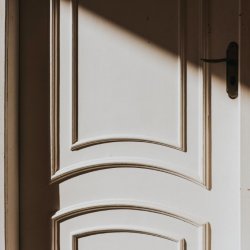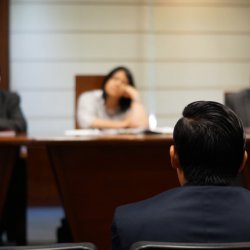Surveillance in Slip and Fall Claims: Its Role in Proving Liability
According to statistics compiled by the National Floor Safety Institute, millions of Americans are injured and brought to the hospital each year because of slip and fall accidents. If you are one of these individuals, you may have the right to receive compensation for any injuries like broken bones, spinal cord trauma, and emotional distress.
However, your ability to receive compensation depends on your ability to prove the property owner acted negligently. The following article will explain how video footage can be used to that effect, greatly increasing your chances of receiving compensation in the process.
How Surveillance Footage Helps Prove Negligence
Like many injuries and incidents, a slip and fall accident happens in an instant, leaving you and any bystanders stunned. The problem, however, is that in such a state, it is difficult for you to remember key details about what happened. These include where you stepped, what warning signs were present, and the manner in which you fell.
Video surveillance that captures the event will help fill in those missing details. It can also capture what happened before and after your accident as well. For example, surveillance footage may show when the spill that caused your slip and fall occurred and (by extension) who is responsible for causing it. It can also show how long the spill was on the floor before your accident and whether any employees or others walked by it.
By using that footage, you and your personal injury attorney can more easily prove the facts of your slip and fall claim. Whereas witnesses may forget details about an incident or not capture all of the relevant events in the heat of the moment, a good-quality surveillance system will see the entirety of the incident from start to finish. If its recordings include time-and-date stamps, the system becomes even more useful in establishing the sequence of events that led to your accident.
Enhancing Transparency and Fairness in Claims
Because camera systems are silent and objective observers, they can be the most important witnesses in a slip and fall case. Their memory cannot be questioned, and they cannot be accused of having any bias that would affect their perception. When camera footage is available, it is more likely to reach an agreed-upon settlement. Video footage can also benefit property owners by cutting down on injury claims that have no evidentiary basis.
Limitations of Surveillance
As useful as video surveillance can be in many slip and fall accident cases, there are instances where such evidence can be less than helpful. Stationary surveillance cameras offer only a single view, so they would not capture any accident that happens partly or wholly out of frame, and their footage would be useless for proving liability.
The quality of any captured footage can also limit its usefulness. For example, the camera’s resolution may be low, or the ambient lighting may be too dark to make out the details of an accident. Such footage would be of limited value in proving a slip and fall claim.
Video Footage Can Be Powerful in a Slip-and-Fall Claim
Following a slip and fall, you or your attorney will want to move quickly to secure any surveillance footage that may have captured the incident. You should also promptly report the accident to store management, even if you see a nearby camera. Just because a camera is nearby does not mean the incident was recorded or the footage is usable.
Where it is available and of good quality, video footage can easily establish when a business or property owner is responsible for your slip and fall. With that in mind, you can expect video footage to become even more prevalent in stores and businesses going forward, being used as a way to protect owners from frivolous claims and cut down on retail theft.
If you ever experience a slip and fall accident resulting in injury, it's important to seek legal representation from skilled personal injury lawyers. These professionals stay at the forefront of leveraging technology to build strong cases and advocate effectively for their clients.
More to Read:
Previous Posts:



